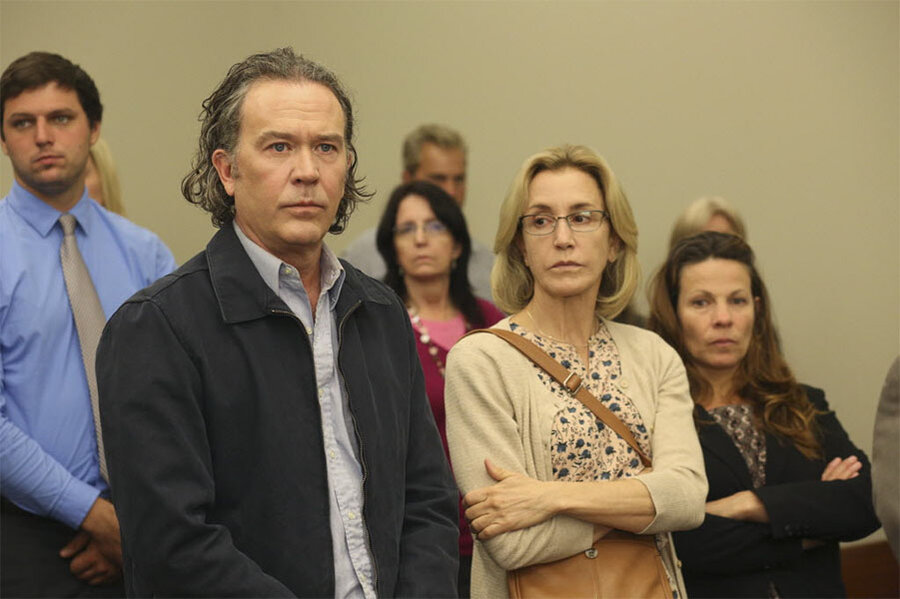'American Crime' season 2: What ABC learned from cable shows
Loading...
The second season of “American Crime,” ABC’s acclaimed series, returns on Jan. 6.
The first season of the program debuted this past March and centered on the suspects in the murder of a veteran living in California. The episodes starred Felicity Huffman, Regina King, Timothy Hutton, and Richard Cabral and the show was created by John Ridley, who wrote the screenplay for the 2013 Oscar winner “12 Years a Slave.”
The first season was well-received by reviewers and the show is now a prized part of ABC's lineup. It has received three 2016 Golden Globe nominations: the series itself for the best limited series or TV movie, Huffman for best actress in a limited series or TV movie, and King for best supporting actress in a limited series or TV movie.
Now the new episodes will focus on alleged sexual violence at a high school. Actors including Huffman, King, and Hutton return.
In our age of popular cable and streaming shows, the format of “Crime” shows that ABC is looking to these other successful formats when creating the show. While broadcast dramas often run for more than 20 episodes – ABC’s own “Scandal” ran for 22 episodes in its 2014-2015 season – “Crime” is set to run for 11 episodes this season.
This number of episodes is closer to the run of a cable or streaming show than the normal network fare. HBO's "Game of Thrones," for example, usually runs for 10 episods.
Putting the same cast in a new story also echoes the casting technique used by the FX cable hit “American Horror Story.” The program, which is currently airing its fifth season, often relies on a similar cast, with actors including Emma Roberts, Evan Peters, Kathy Bates, Denis O’Hare, and Sarah Paulson playing different characters each season.
The anthology format used by “Crime” also echoes the storytelling techniques of “Horror” and other successful cable shows. Anthology TV shows are currently experiencing a boom, with “Horror,” FX’s “Fargo,” and HBO’s “True Detective” all following the format. Some have done so more successfully than others – the second season of “Detective” was not well-received by reviewers when it aired last summer – but “Fargo” and “Horror” have both become big enough hits that the TV world has no doubt been taking note.
How will broadcast audiences respond to “Crime”? The first season of the show didn’t do very well in the ratings, but the good reception from critics no doubt gave it a boost at ABC. Reviews for the second season have been very good, too, so we’ll see if “Crime” can succeed with the help of a few tricks borrowed from cable.








